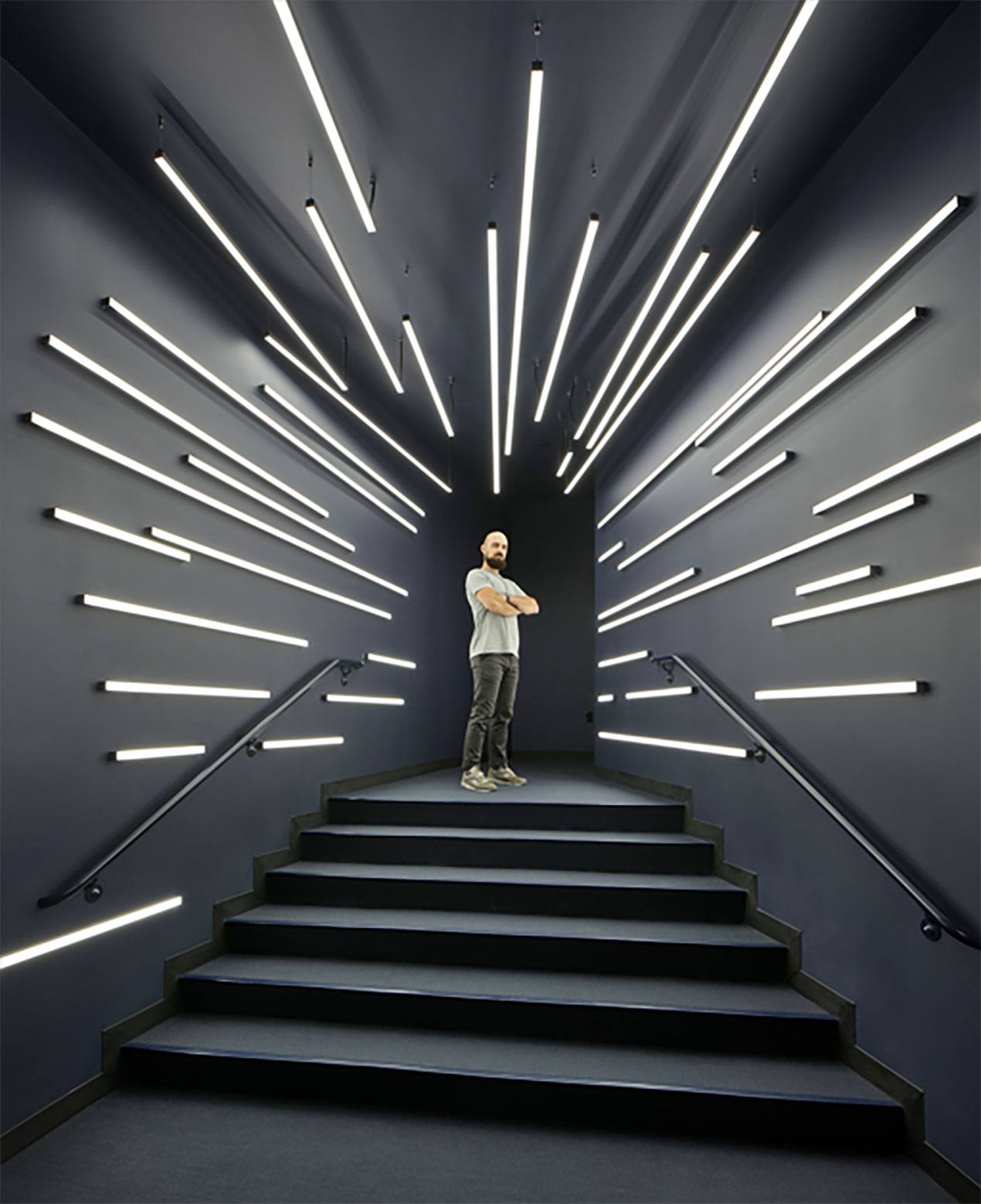This isn’t just a windfall for football and basketball stars from the 69 Power 5 schools. And it’s not just for players from revenue-generating sports. Whether it’s for paid social media posts, sponsorships from local businesses, paid speeches or any other business venture, all the nearly half a million NCAA student-athletes competing in 24 sports have NIL opportunities.
A little over a year into this brave new NIL world, athletic departments around the country are brainstorming ways to help their student-athletes develop their personal brands and monetize their NIL rights.
Colleges and universities are developing new curriculum and adding life coaches, advisors and support staff to help student-athletes navigate the complex NIL terrain. One example is Texas A&M Athletics, which has partnered with the university’s May Business School on an AmplifyU program that gives student-athletes guidance on how to bolster their brand platforms and strengthens their knowledge of related business, leadership and legal topics.
Schools have always used their facilities as recruiting tools. Now, those that can quickly figure out ways to accommodate dedicated NIL programs and space in their campus facilities will gain a significant recruiting advantage on their rivals. Colleges and universities are no longer just developing student-athletes—they’re investing in entrepreneurs.
The Clemson Tigers are among the first to pounce. Clemson Athletics recently announced a multifaceted new NIL program called “Reign” that gives its student-athletes the training and tools to fully capitalize on their NIL opportunities. The centerpiece is the Clemson Athletics Branding Institute. Currently under construction next to the Poe Indoor Football Complex, the 12,000-sq.-ft. building includes photo and video studios, an audio suite, a media training area and office space. Clemson’s release about its new NIL program foresees “personalized jerseys, co-branded apparel, video games, NFTs, trading cards, podcasts, photos, videos and other exciting opportunities” on the horizon for its student-athletes.
Not all schools have the appetite or budget for a standalone building dedicated to NIL activities. For now, these standalone projects will likely be limited to the top-tier Power 5 schools like Clemson that are generating the most athletic revenue. But that doesn’t mean that colleges and universities at every level—Division I, Division II, Division III and NAIA—can’t implement effective NIL programming at various scales.
Many schools are accommodating their rapidly emerging NIL program needs by renovating space in existing campus buildings that can be used by student-athletes from all sports. If these buildings have been designed with some flexibility, they can easily adapt to support the program needs and technology for NIL-specific functions–uses nobody could have predicted even a few years ago. This could include retrofitting spaces for photo and video suites or broadcast booths for podcasting and radio interviews. We may see universities entering into brand partnerships for sponsored spaces can help make these renovations more affordable for institutions.

An Instagrammable moment just outside the team meeting room in Penn State’s renovated Lasch Football Building
Schools can also upgrade the training facilities that their student-athletes call their home away from home. A massive amount of social media content—some of it behind the scenes glimpses into the daily activities of student-athletes—is being created in these spaces where they spend so much of their time. It’s easy enough to add ‘Instagrammable’ branding and graphics. The University of North Carolina has built a “Jordan Experience” room inside Kenan Stadium with a background wall of Jordan retro sneakers—the perfect setting for social media selfies. At Penn State University’s Lasch Building, a vestibule just outside the team meeting room is painted black and features lighting that creates the illusion of rays of sun, a unique spot for an Instagrammable moment.
As alumni and supporters turn their attention to funding collectives that help facilitate NIL deals for student-athletes, some schools have experienced a dip in donations to their fundraising campaigns for new athletic facilities. We expect this will even out as boosters realize that upgraded sports facilities will be more important than ever for their school to compete in the NIL game.
Many student-athletes won’t end up entering into life-changing NIL deals or going on to play pro ball. But if they can hone their communication, branding and business skills as part of their NIL training—talents that will be with them long after their athletic careers are over— these student-athletes will be the real winners.
Related: Kristi Dosh interviews Trevor Bechtold about how the NIL is affecting sports facilities on The Business of College Sports podcast.
Let’s Connect
If you have questions about positioning your school’s facilities to support the NIL activities of student-athletes, contact Trevor Bechtold, a director of HOK’s Sports + Recreation + Entertainment practice, at trevor.bechtold@hok.com.